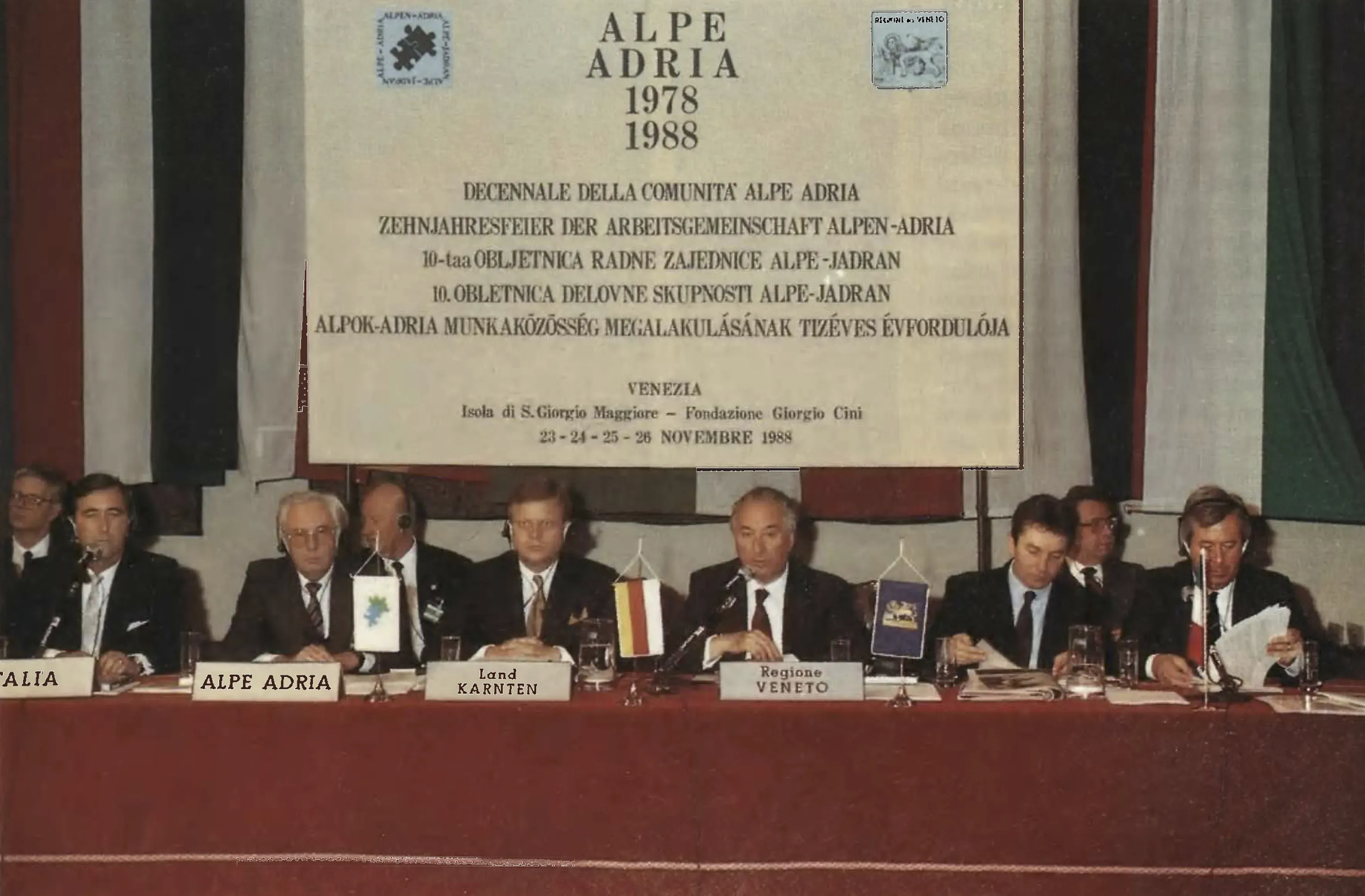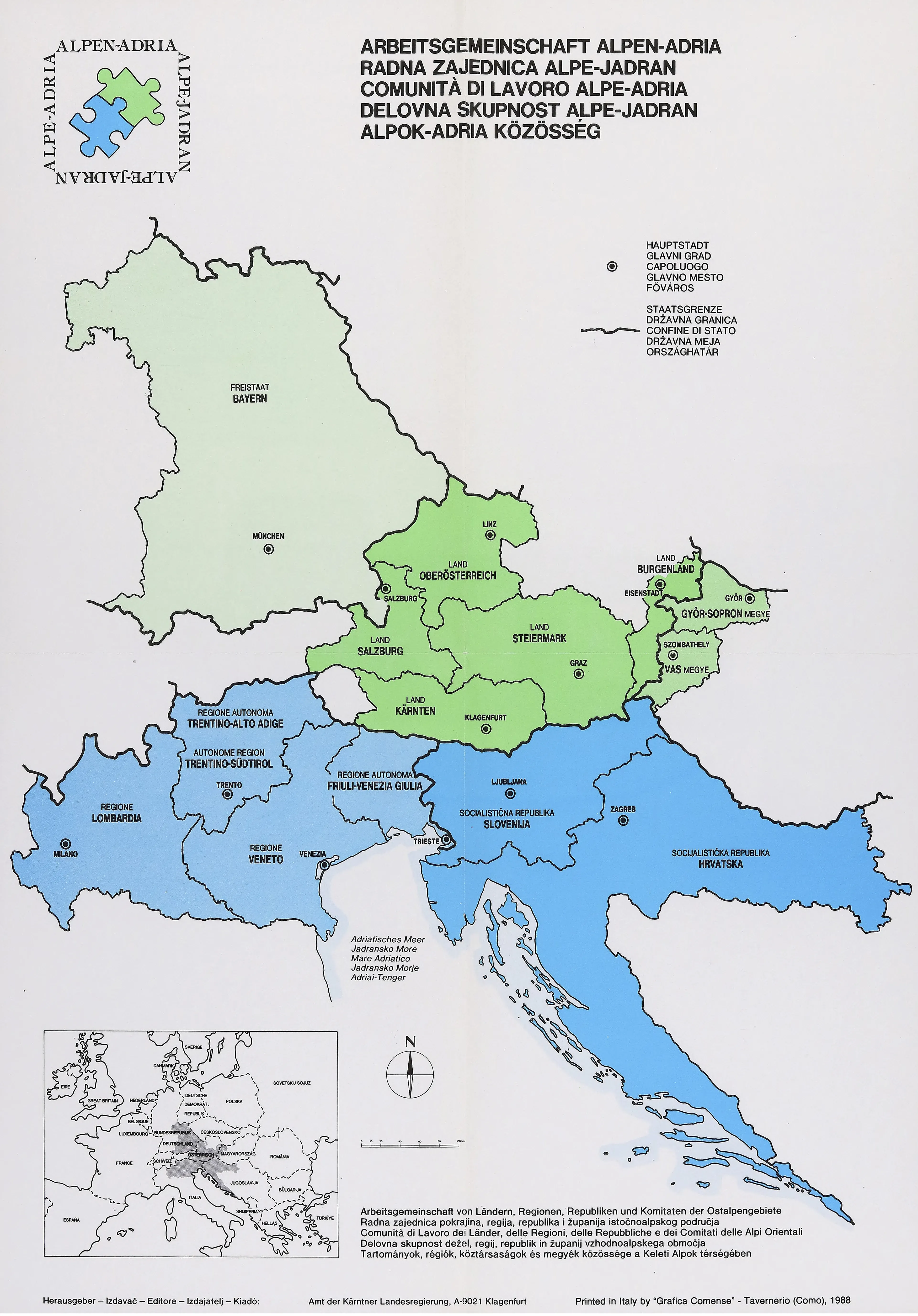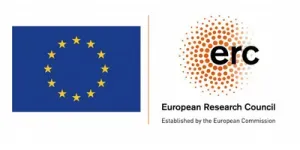he “Working Community of the Länder and Regions of the Eastern Alps” – commonly known as the “Alps-Adriatic Working Community” – was established in Venice in 1978. It included Veneto and Friuli-Venezia Giulia (Italy), Carinthia, Upper Austria, Styria (Austria), Croatia and Slovenia (then part of Yugoslavia). Bavaria (West Germany) and Salzburg (Austria) participated as active observers. The development of the Alps-Adriatic Working Community followed a bottom-up pattern: regional governments gathered requests for trans-border cooperation from local entrepreneurs, chambers of commerce and intellectuals, transforming them into political initiatives.
The “Alps-Adriatic Working Community” worked as a catalyst of interregional cooperation organised around six major sectors: territorial planning and environmental protection; transport and traffic; culture, information, science and youth; economy; agriculture, forestry, animal husbandry, mountain economy; health and hygiene. It also initiated the cooperation between universities, meetings of radio-television journalists, “youth games” and an “Alps-Adriatic cultural passport”. In addition, it published reports on water management and the protection of historical heritage. Interregional integration involving Italian, Austrian, Yugoslav and Hungarian regions overcame the barriers of the Cold War.

People
People
The main drivers of the Alps-Adriatic Working Community were the political representatives of regional governments. In this photo, taken on the occasion of its 10th anniversary celebrated in Venice in 1988, Peter Ambrozy (Governor of Carinthia) and Carlo Bernini (Governor of the Veneto Region) are seated next to each other.
Places
Places
Between 1978 and 1988, the Alps-Adriatic Working Community extended to the Italian Trentino-Alto Adige (1981) and Lombardy (1988), the Austrian Burgenland (1987), the Hungarian Györ-Moson-Sopron and Vas (1988), and Bavaria (1988). After 1989, it further expanded to the Hungarian counties of Zala, Baranya and Somogy, the Canton of Ticino, and the Italian region of Emilia Romagna.


Practices
Practices
The idea for inter-regional cooperation in the Alps-Adriatic region took root at local trade fairs involving entrepreneurs from Italy, Austria, Slovenia and Croatia from the early 1960s on. The cover of the pamphlet for the 1981 Ljubljana Fair was prepared by the Regional Federation of Veneto Industrialists.


